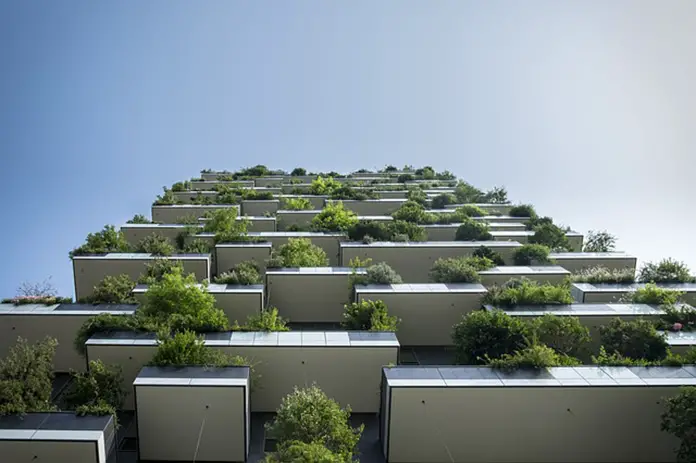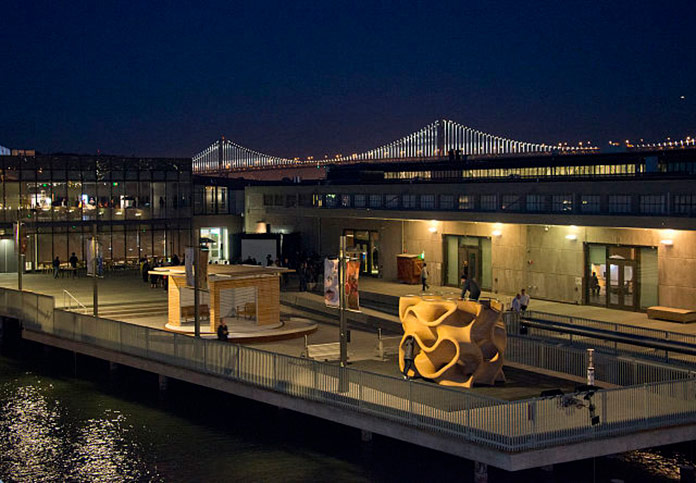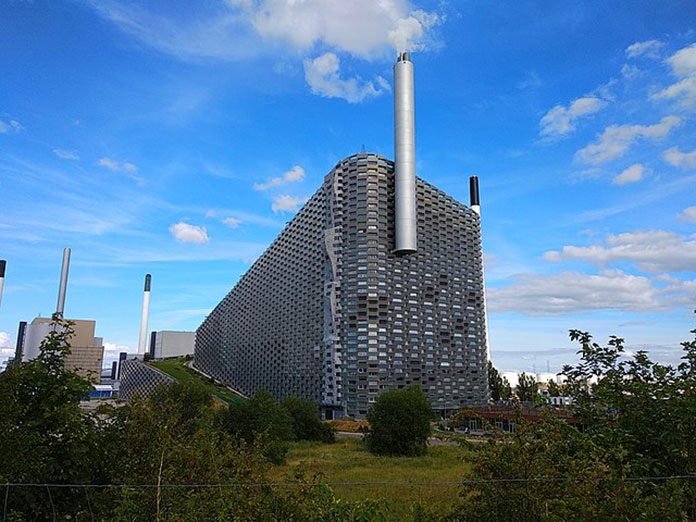
What Is Sustainable Architecture?
We started to feel the effects of climate change more and more lately. These effects show us that we need to act immediately. Especially the architectural structures that provide us shelter, which is one of our fundamental needs, cause a lot of pollution and energy consumption during and after their constructions. To prevent this we need to put the sustainable architecture concepts into practice as soon as possible.
Sustainable Architecture Strategies

How is a building decided as sustainable? There are several degrees of being a green building. The buildings that are inspected by independent institutions, earn various degrees and certificates due to their sustainability level. The most well-known of these institutions are BREEAM and LEED.
What kind of path should we follow to design a green building? There are several strategies we can follow while designing an architectural structure in order to minimize the damage given to nature, consumption of energy and water.
Building Structure and Layout
Considering the sun and wind directions while planning the building layout is really important. In addition, the supporting structure plays an important role in reducing the amount of energy used by the building and the amount of materials used in during its construction. Usually architects use biomimicry to design green buildings structures. Moreover, putting an air gap between the structure and exterior shell or designing a double shell helps to diminish heating and cooling expenses.
Technical Details
Thanks to HVAC, electricity, sewage, rainwater management and greywater reuse systems, buildings can operate more efficiently and sustainably.
Renewable Energy
If the energy that is used in the building comes from renewable energy sources that helps to reduce the building’s carbon footprint. For example, solar and wind energy are the most popular choices in this regard. The clean energy source should be selected considering the building location and local climate.
Sustainable Architecture Materials
Using building materials that are recycled or can be recycled in the future, produced respectfully to nature and going to help to decrease energy consumption is important for sustainable architecture. In addition, preferring local building materials helps to reduce building’s carbon footprint.
Local Landscape
Preferring local plants that are used to the local climate in landscape design, diminishes the water and energy consumption.
Sustainable Architecture Examples
Shanghai Tower
Shanghai Tower is not only the world’s second tallest building it is also one of the important examples of sustainable architecture. This engineering wonder’s height is 632 m and on its exterior façade has 270 wind turbines. These turbines generate the energy that is used for building lighting.

Gensler Architect designed the building’s supporting structure using parametric design. In this way, they created a lighter and stronger structure while using less material. Furthermore, the second shell of the structure helps the natural ventilation and reduces the energy consumption. All of these features gained the LEED Platinum certificate to Shanghai Tower.
One Angel Square
This office complex, which has won a lot of awards in the area of sustainable architecture design, is located in Manchester, England. 3DReid designed this structure using the latest BIM programs and sustainable architecture techniques. The building has the BREEAM record with its 95,16 rating. It is an energy plus building that only uses the energy it produced from Biodiesel. It has zero carbon emission. Moreover, it has rainwater and greywater management systems.

Shape of the building resembles a sliced egg. This form helps to take maximum benefit from the sunlight. Its double shell structure not only helps with the management of heating and the ventilation also it provides protection from harmful effects of sunlight.
Exploratorium at Pier 15
Exploratorium Science Museum is the biggest ZeroEnergy museum in America and it has a LEED Platinum certificate. It is an important example of the sustainable architecture projects and future museum designs. The building uses all the advantages that its location provides. For example, sunlight is used for natural lighting and generating energy. The building materials have been chosen considering both climate conditions and sustainability.

CopenHill
CopenHill is an energy plant that is located in Denmark. This power generation facility generates electricity by incinerating garbage. At the plant, approximately 400,000 tons of waste per year are converted into clean energy which is sufficient for almost 100,000 homes. Besides, thanks to its steam ring generator, during this process harmful toxins are not released to nature.

This place is not only a power plant but also a sports facility. The ski slope structure of the building provides a space to the people who want to ski and snowboard. Especially for Denmark where it is geographically flat, this is an ideal location for these people.
Dubai Expo 2020 Sustainability Pavillion

Terra – Sustainability Pavilion designed by Grimshaw Architects and took part in Dubai Expo 2020. The structure has a LEED Platinum certificate. Grimshaw Architects was inspired by the human-nature relationship and the search for a sustainable path in the design process. There are 4912 solar panels in the pavilion. These panels generate enough energy to charge more than 900,000 mobile phones. Also, with its greywater reuse system the building has reduced its water consumption by 75%.
Why Is Sustainable Architecture Important?

In summary, with the climate crisis and its effects which we are experiencing now, it is inevitable that a profession connected with life such as architecture embracing a more environmentally friendly and sustainable approach. We need to use technology to leave a better world for future generations. We should not forget that there is no planet B. Hence, we must do our best to protect our planet.

















